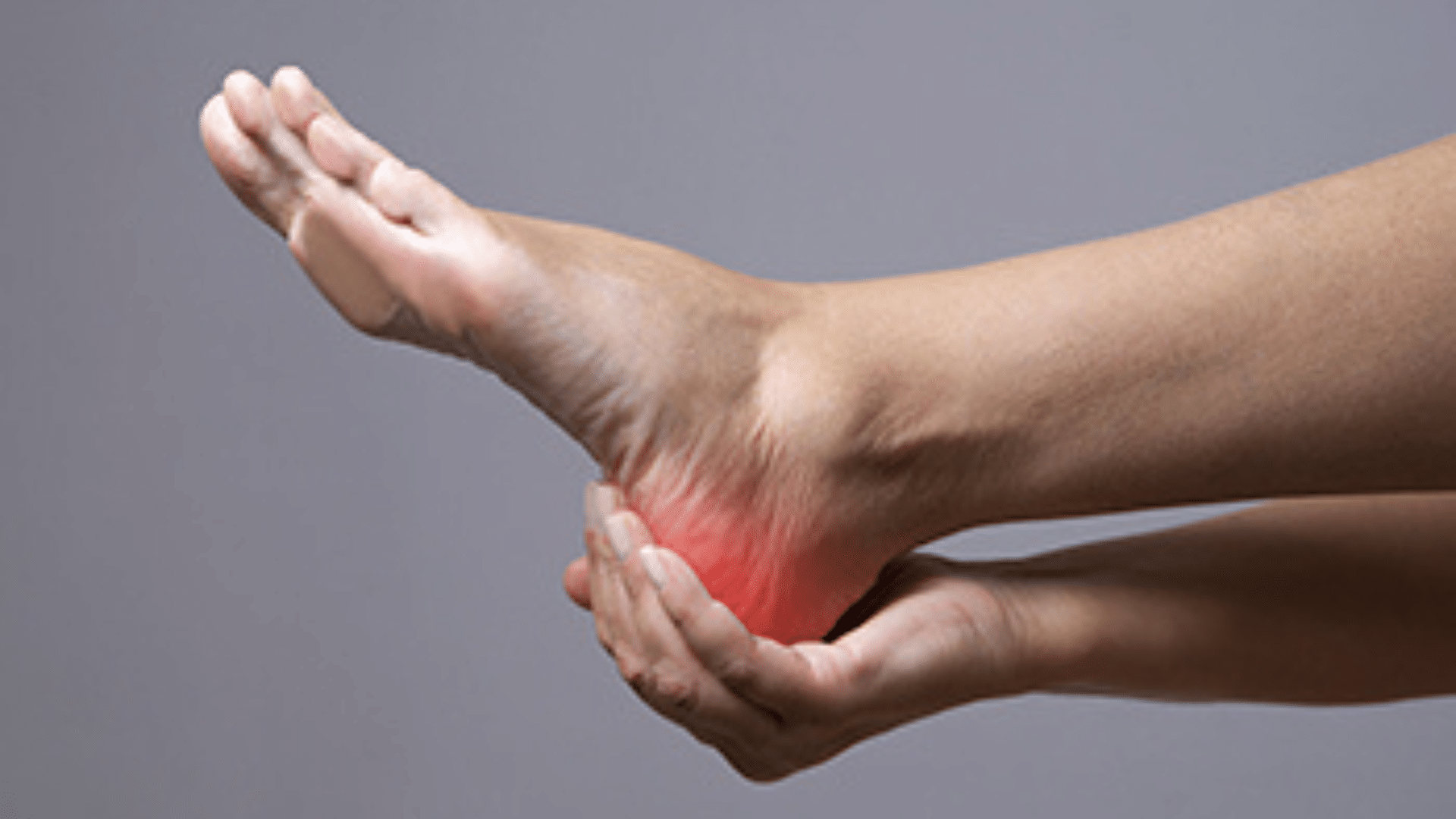Plantar fasciitis affects millions of people worldwide, causing sharp heel pain that can disrupt daily activities. This common foot condition occurs when the plantar fascia, a thick band of tissue connecting your heel bone to your toes, becomes inflamed or irritated. Understanding the primary causes of plantar fasciitis can help individuals identify risk factors and take effective steps to manage this painful condition.
Exploring Foot Mechanics
Poor foot mechanics represent a primary cause of plantar fasciitis. When your foot strikes the ground during walking or running, the plantar fascia stretches to absorb impact and support your arch. Abnormal biomechanics can place excessive stress on this tissue, leading to microscopic tears and inflammation.
Overpronation occurs when your foot rolls inward excessively after heel strike. This movement stretches the plantar fascia beyond its normal range, creating tension and potential damage. People with flat feet or low arches often experience overpronation, which explains their higher risk of developing plantar fasciitis.
Tight calf muscles and Achilles tendons also contribute to biomechanical dysfunction. When these muscles lack flexibility, they limit ankle mobility and alter your walking pattern. This restriction forces the plantar fascia to work harder during each step, increasing the likelihood of injury and inflammation. Gait abnormalities from previous injuries or anatomical differences can create uneven weight distribution across your feet.
Understanding Activity-Related Triggers
Prolonged standing on hard surfaces creates sustained pressure on the plantar fascia. Healthcare workers, teachers, retail employees, and others who spend long hours on their feet commonly develop this condition. The constant loading prevents the tissue from recovering between activities.
Weight gain places additional stress on the plantar fascia during weight-bearing activities. Each extra pound increases the force transmitted through your feet during walking, running, or standing. This mechanical overload can overwhelm the tissue’s ability to support your body weight effectively.
Inappropriate footwear contributes significantly to plantar fasciitis development. Shoes with inadequate arch support, worn-out cushioning, or poor heel stability fail to protect the plantar fascia from excessive stress. High heels alter foot positioning and increase pressure on the forefoot and arch area.
Identifying Structural Foot Abnormalities
Specific foot structures predispose individuals to plantar fasciitis development. High arches create an excessively rigid foot structure that poorly absorbs impact forces. This rigidity concentrates stress on the plantar fascia, particularly near the heel attachment point.
Flat feet or fallen arches represent the opposite structural problem. Without adequate arch support, the plantar fascia must work overtime to maintain foot stability. This constant tension leads to fatigue and eventual breakdown of the tissue. Leg length discrepancies cause uneven weight distribution between feet. The longer leg bears more weight and experiences greater plantar fascia stress, particularly during walking and running activities.
Bone spurs or heel spurs sometimes accompany plantar fasciitis, though they don’t directly cause the condition. These bony growths develop in response to chronic plantar fascia tension and may contribute to ongoing symptoms. Anatomical variations in foot shape, including wide feet or prominent heel bones, can alter how forces distribute across the plantar fascia.
Learn More About Plantar Fasciitis
Recognizing these three primary causes allows for targeted prevention strategies and treatment approaches. If you experience persistent heel pain, particularly with first steps in the morning or after periods of rest, consult with a healthcare provider for proper evaluation and treatment recommendations. Early intervention often leads to better outcomes and faster recovery from this common but treatable condition.









Leave a Reply